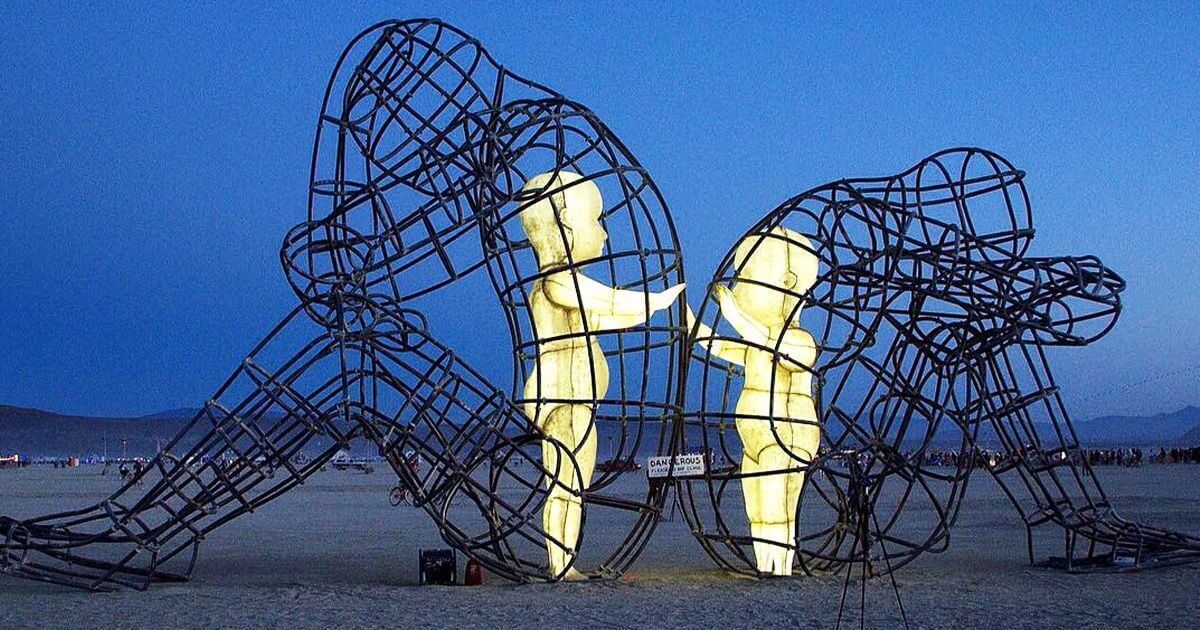Admire Van Gogh’s Starry Night, wake up to watch the sunrise, enjoy the unbearable lightness of Milan Kundera’s being, or close your eyes to hear Debussy’s Claire de Lune, are unexplained experiences that cause a storm of aesthetic emotions. Art and certain everyday phenomena are so immense that it is impossible not to give up on it at any time.
This feeling, this profound experience that invades us when we look at a work of art, a landscape or a beautiful face is provoked by emotions, in fact, if we think about it, one of the most important objectives of art is to awaken emotions. . Communicating them, sharing them or waking them up in the viewer is the main effect of a work, so there is such a deep connection between people and art, it’s not just emotions, we’re talking about aesthetic emotions.
- “Artistic beauty is not about representing a beautiful thing.
- But about the beautiful representation of something.
- ” – Immanuel Kant-.
Aesthetic emotions are the emotional response to beauty, they are given to any type of beauty, according to Rafael Bisquerra, professor at the University of Barcelona, in this context beauty can be understood as a work of art, a landscape or a specific person Everything is allowed if beauty can have an emotional impact.
“Beauty perishes in life, but it is immortal in art” – Leonardo da Vinci-
While this kind of emotion occurs when we react to certain artistic manifestations, it is a phenomenon that transcends works of art, that is, it goes beyond that. The emotional experience before beauty is the one that arises from sensitivity, the result of the connection with the observed or, in some cases, sense, and that produces a very pleasant feeling, almost indescribable.
Despite this, aesthetic emotions not only include pleasure, pleasure and the positive, unpleasant and negative sensations are also part of aesthetic emotions, for example, when looking at Goya’s picture of the May 3 shootings, we may feel anger, horror or rage. It will depend on the meaning we give to the work and our personal history. As you contemplate the sculpture of the psyche revived by Eros’ kiss, Antonio Canova, you feel nostalgia, love and tenderness. It all depends on how we look at each other.
The important thing is the magic resulting from the connection with beauty, the personal experience of the emotional impact provoked, so the concept of aesthetic emotions is quite ambiguous, after all, each of us experiences them from different stimuli. a virtually unknown phenomenon, which has its defenders and detractors. Some of the authors who have mentioned this phenomenon are Dickie (1974), Lazarus (1991), Hjort and Laver (1997) and Levinson (1997).
The mystery of aesthetic emotions and, at the same time, their difficulty lies in understanding how and under what conditions they can arise (artistic, sports, scientific, etc. ). For this reason, the educational field is considered one of the best contexts. to initiate contact with aesthetic emotions.
“Beauty is not seen, it is only seen. -Albert Einstein-
According to Rafael Bisquerra, one of the objectives of education should be to savour aesthetic emotions, to raise students’ awareness of this kind of emotion not only on a theoretical level, but also through the introduction of situations conducive to emotional experiences of an aesthetic character. In other words, learn to move and enjoy this state, as Bisquerra points out.
“It is difficult to judge beauty; Is beauty an enigma?. – Fyodor Dostoyevsky
This methodology not only facilitates contact with the emotional world of students, somehow also influences aspects such as consciousness and emotional regulation, contemplation of a work of art can provoke a variety of feelings and emotions, it will all depend on the context and personal history of the student, who must learn to deal with those feelings.
Thus, subjects such as art education, music, natural sciences or art history must become the main vector of this kind of emotion, all from an experience perspective, which in turn would be a way of motivating learning. Emotional education needs to be seen as a cross-cutting issue, it must be integrated into the curriculum.
Before I finish, I’d like to leave a selection of artworks so you can feel what aesthetic emotions are, maybe they’ll wake something up in you or maybe they won’t, will it all depend?
Bibliography: Bisquerra Alzina, Rafael (2009). Psychopedagogy of emotions. Madrid: S
Main image: sculpture? Expansion? by Paige Bradley

